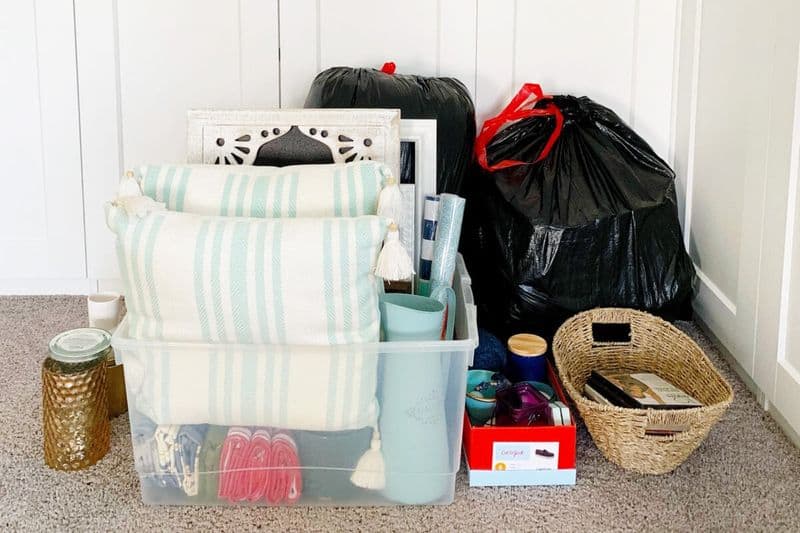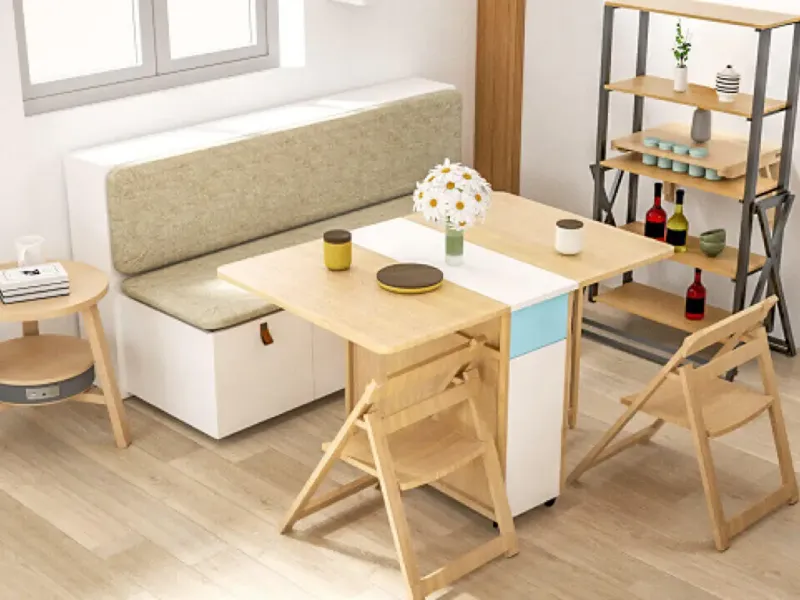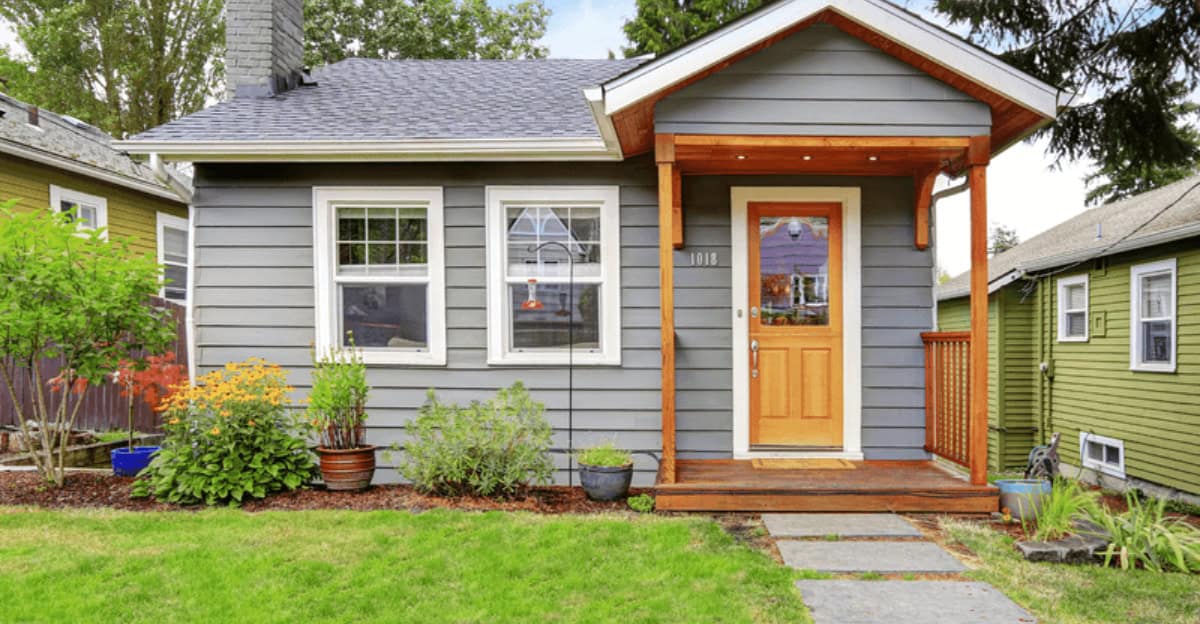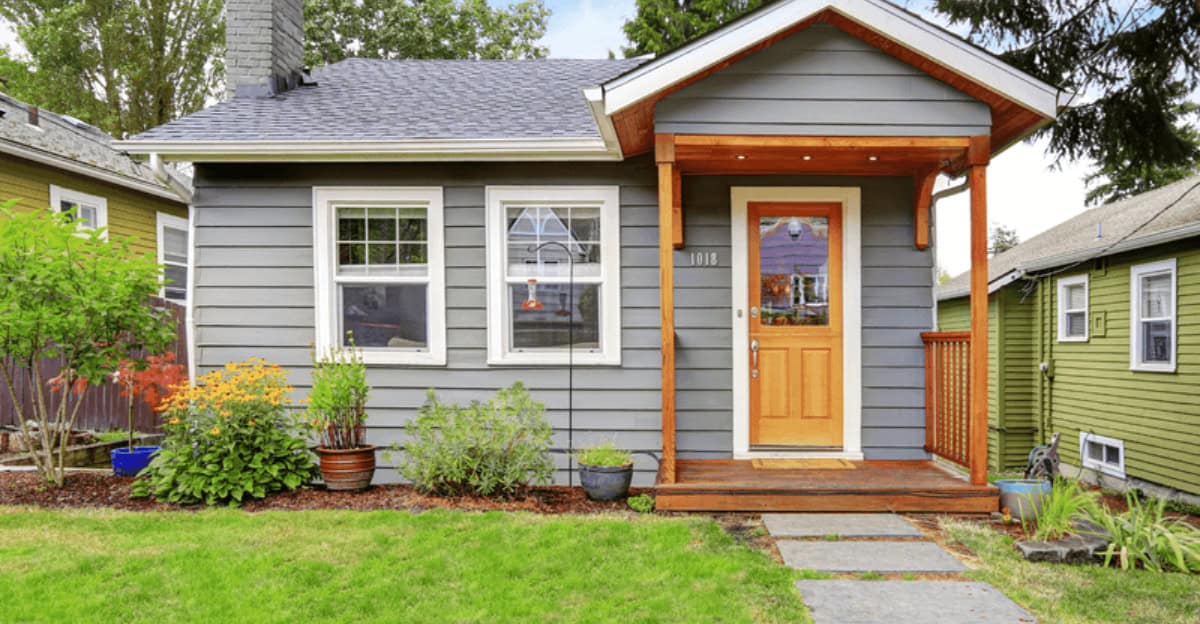Planning to downsize your home can be a liberating experience, allowing you to declutter and simplify your life.
However, it’s essential to approach this process thoughtfully to ensure a smooth transition to a smaller living space.
Here are 10 crucial steps to consider when planning to downsize your home, each designed to make the process as stress-free and efficient as possible.
1. Assess Your Needs and Priorities

When planning to downsize, start by evaluating what matters most in your daily life. Consider your lifestyle, hobbies, and any specific requirements you may have.
For instance, if you love gardening, ensure your new place has space for it. Break down your daily routine and identify essential items and activities.
Create a list of must-haves and nice-to-haves. This clarity will guide your decisions on what to keep, sell, or donate.
Remember, downsizing is an opportunity to live more intentionally and embrace a simpler lifestyle that aligns with your current needs.
2. Choose the Right Location
Location is a crucial factor when downsizing. Consider proximity to family, work, and essential services.
Think about the type of community you want to be part of, such as a vibrant city or a peaceful suburb.
Visit potential neighborhoods to get a feel for the area, checking for amenities like parks, shopping centers, and healthcare facilities.
Research property values and market trends to ensure your new home is a wise investment. Balancing convenience and comfort will lead to a satisfying living arrangement that supports your new lifestyle.
3. Declutter Methodically

Decluttering is a significant part of downsizing. Tackle one room at a time, sorting items into categories: keep, donate, sell, or discard.
Use the “one-year rule”—if you haven’t used it in the past year, consider letting it go. Involve family members to help make decisions, especially on shared items.
This process can be emotional, so take your time and allow yourself breaks.
Digitize important documents and photos to save space. With fewer possessions, you’ll find your new home more spacious and manageable.
4. Consider Multi-Functional Furniture

In a smaller space, choosing multifunctional furniture is key. Look for pieces that serve dual purposes, such as a sofa bed or a dining table that can double as a workspace.
This type of furniture maximizes your living area, offering flexibility and efficiency.
Choose items that are stylish and practical, fitting seamlessly into your new home’s aesthetic.
Investing in quality multifunctional pieces can save you money and space, making your downsized home functional and comfortable.
Embrace creativity in your furniture choices to enhance your living experience.
5. Plan Your Storage Solutions

Effective storage solutions are essential in a smaller home. Think vertically to maximize space, using shelves and tall cabinets.
Invest in bins and organizers to keep belongings tidy and accessible.
Consider custom storage options that fit your specific needs, such as built-in shelves or under-bed storage. Labeling helps maintain order and find items quickly.
Evaluate your belongings and decide what needs to be easily accessible and what can be stored away.
With strategic planning, storage can be both functional and aesthetically pleasing, enhancing the overall feel of your home.
6. Hire Professional Help if Needed

If the downsizing process becomes overwhelming, consider hiring professional help. Organizers and movers specialize in efficient packing, decluttering, and space planning.
They can provide valuable advice and strategies tailored to your situation. A professional can offer a fresh perspective, helping you make tough decisions about what to keep or discard.
This service may come at a cost, but the peace of mind and support can be invaluable, especially if time is limited.
Enlisting helps ensure a smoother transition, reducing stress and allowing you to focus on enjoying your new lifestyle.
7. Understand Your Financial Implications

Downsizing often involves significant financial considerations. Assess the costs of selling your current home and purchasing a new one, including taxes, fees, and potential renovations.
Consult with a financial advisor to understand the implications on your retirement plans and savings.
Budget for moving expenses, and consider what you’ll gain or lose financially in the long term. Be realistic about your financial situation and make decisions that align with your goals.
With proper planning, downsizing can be a financially savvy move, freeing up funds for travel, hobbies, or future investments.
8. Embrace Minimalism

Adopting a minimalist mindset can enhance your downsizing journey. Focus on quality over quantity, choosing items that bring joy and serve a purpose.
Minimalism encourages a clutter-free, peaceful environment that reflects your personal style. It’s about living with intention, valuing experiences over possessions.
This philosophy can be liberating, reducing stress and promoting mindfulness. As you adjust to your new, smaller space, embrace the simplicity and freedom that comes with owning less.
Your home will feel more open and inviting, allowing you to fully enjoy your downsized lifestyle.
9. Notify Important Parties of Your Move

When downsizing, remember to update your address with the necessary parties. Inform banks, insurance providers, and utility companies of your move.
Redirect your mail through the postal service to ensure you don’t miss important correspondence. Update subscriptions, online shopping accounts, and any memberships.
This process can take time, so start early to avoid missing bills or essential information. Compile a checklist to track your progress and ensure nothing is overlooked.
By staying organized, you’ll make the transition smoother, avoiding potential hassles and ensuring a seamless move to your new home.
10. Celebrate Your New Chapter

Downsizing is a significant milestone, so take time to celebrate this new chapter.
Host a small gathering with family and friends in your new space. Share your experiences and enjoy the fresh start together.
Embrace the opportunities that come with living more simply, focusing on what truly matters. This celebratory moment marks the beginning of a less cluttered, more intentional life.
Reflect on your journey, acknowledging both the challenges and achievements. By celebrating, you honor the work you’ve done and set a positive tone for your future in your new home.


